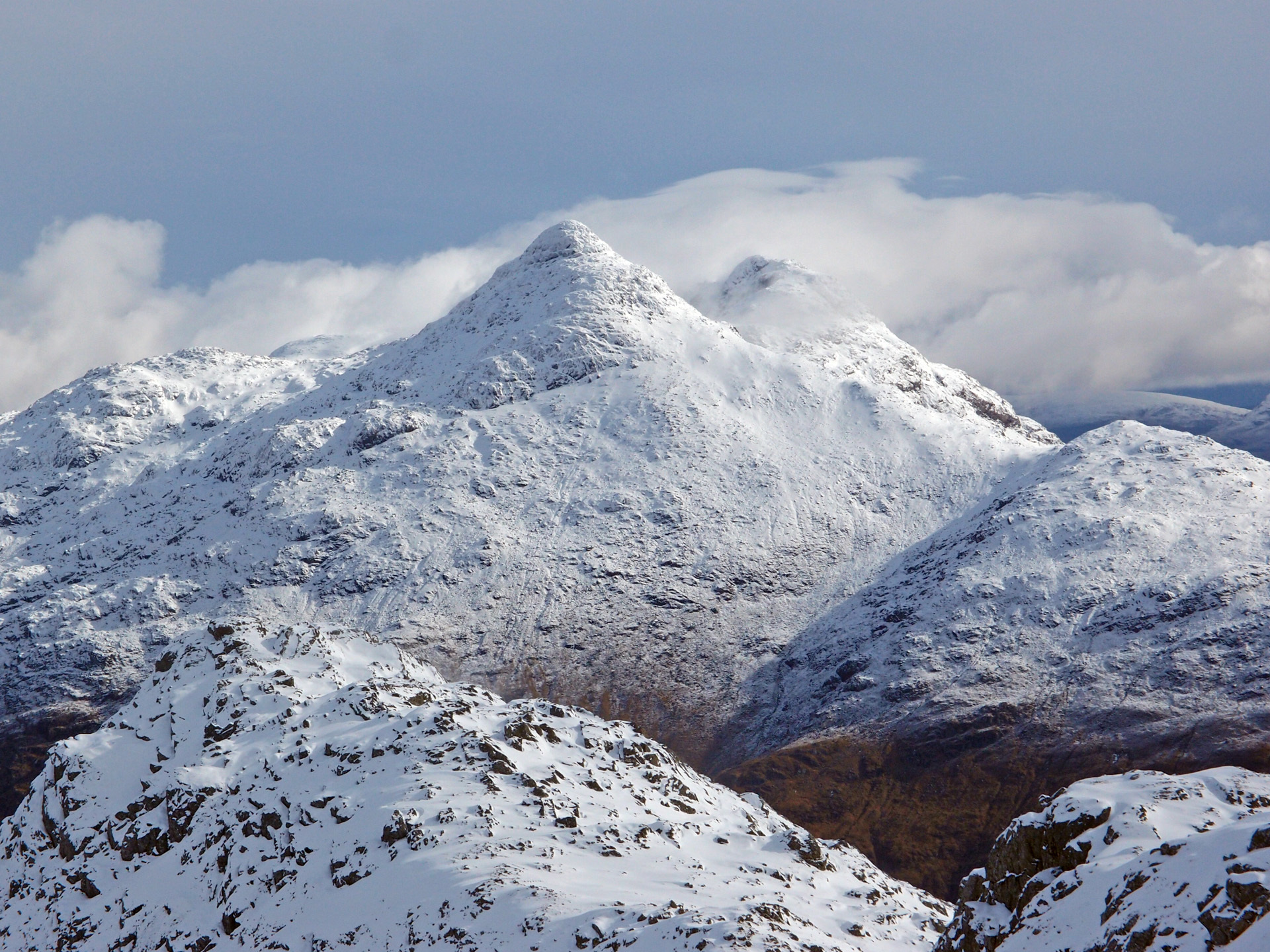May Bank Holiday is approaching fast, but the high mountains of Scotland are still hanging onto winter after an unseasonably cold spring.
The Mountaineering Council of Scotland (MCofS) and British Mountaineering Council (BMC) are joining forces to recommend hill walkers be prepared to deal with late-lying snow conditions when they head for the Scottish hills this weekend.
This spring has been unseasonably cold, with a northerly airstream and accompanying cold conditions affecting the whole of Scotland, which has resulted in some of the best skiing and winter climbing for several years. It looks like that these conditions will also result in many Scottish mountains holding their snow long into the summer.
While Scottish mountains look stunning at this time of year in their winter garb, late winter conditions can pose a significant challenge to hill walkers and mountaineers, particularly underfoot.
Usually located high up on the shady, northern sides of mountains, late-lying snow patches will often be hard and compacted after frequent melting and refreezing, offering little traction for boots to grip into and a high chance of slipping. Crossing them, especially if the terrain below is steep, requires caution.
Hill walkers are advised to consider a snow-free alternative or simply turn around.
Heather Morning, mountain safety advisor with The Mountaineering Council of Scotland (MCofS), said: “Every spring thousands of hill walkers enjoy getting back into the hills again. The vast majority have a fantastic experience. But for those who do get into difficulties when encountering old snow patches; sadly a slip and subsequent slide in the wrong place does result in fatalities.”
Walkers planning to head up onto the higher mountains in Scotland should study the mountain weather forecasts in advance.
If temperatures at 900 metres (2953ft) are forecast to be below freezing they would advise hill goers to be prepared with winter equipment.
Carey Davies, the British Mountaineering Council’s hill walking officer, said: “The south of England can have sunny t-shirt weather while the Cairngorms are still in sub-Arctic snow conditions. Even lowland Scotland can be a completely different world to the upper reaches of the Highlands”.
